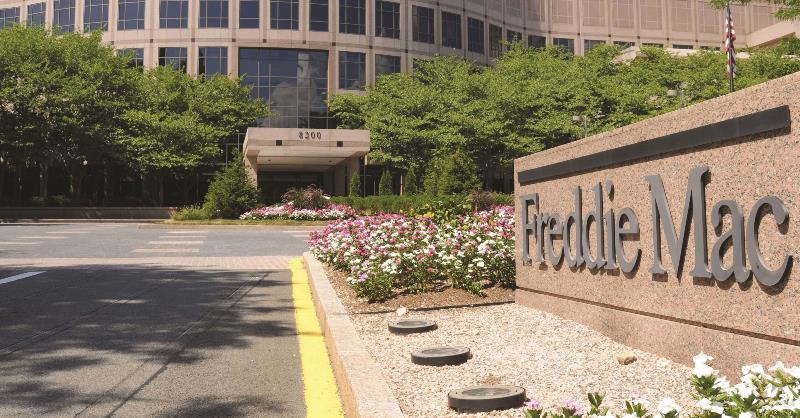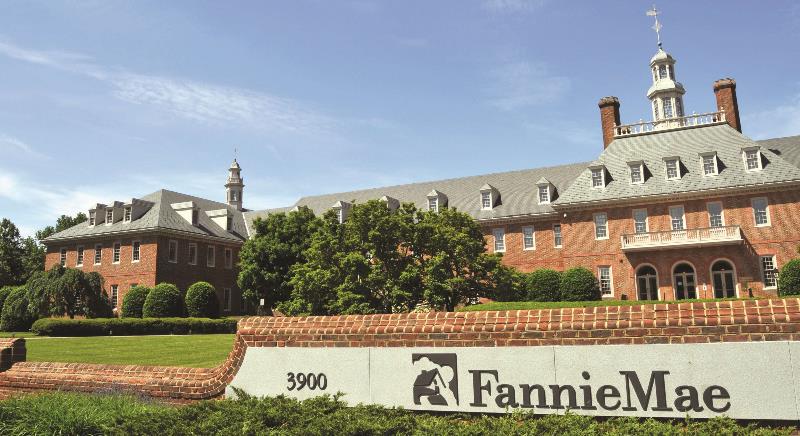There’s a new sheriff in town. After almost two years of Monday Night Raw-esque campaigning, the 45th president of the United States has already begun working to fulfill the promises delivered at his made-for-TV rallies. How many of these executive actions will be signed this year, and more importantly, how many will prove to be legally and practically enforceable remains a mystery.
In this month’s contribution to RE+VIEW, the staff at the Center for Regional Analysis depart from our usual coverage of Northern Virginia’s economy, labor market, and business trends to consider how President Trump’s agenda may influence the region’s housing market. We are joined by a special collaborator this month—NVAR’s own Jill Landsman—who has been working with us to explore these issues.
Space constraints do not allow us to address every nuance that one could read into President Trump’s campaign promises, or the hastily prepared executive orders delivered since his inauguration. However, we will boldly attempt to understand some key issues that may or may not vex hard working Realtors® in the Northern Virginia market. In no particular order:
Corporate Tax Rates: Assuming a compliant Republican Party, the President has promised to quickly deliver a reduction in corporate tax rate, perhaps as low as 17 percent. This would certainly enhance corporate profitability and presumably should result in capital investment, jobs, and higher wages. Net effect, more money in worker’s pockets, enhancing housing market participation and willingness for move-up purchases.
Infrastructure: In 2015, the Metropolitan Washington Council of Governments estimated a $58 billion dollar infrastructure funding gap over the next 15 years (transportation infrastructure accounted for $24 billion of this gap). Whether the eventual plan is to use tax credits to induce private sector investment in infrastructure, or the Republicans become excessive in their spending of borrowed dollars, boosting our nation’s investment in infrastructure will have near-term (think construction jobs) positive effects, and eventually will boost regional and national productivity and competitiveness.
Imagine a fully funded Metro system that once again moves workers efficiently across the region AND expands capacity to our most congested roadways. This infrastructure spending could/should also be used to develop land, build schools, and better house the region’s growing population.
Just think – smoother commutes and more housing inventory. Of course, this rosy outlook will require a federal budget deal and removal of sequestration-mandated spending limits.

Reduced Regulations: The Trump Administration has boldly stated that two regulations must be eliminated for every new regulation. If we do start to redress the record-setting number of regulations imposed by the previous administration, we would see the potential for increased business activity, including hiring, and perhaps more housing development.
Also in this category is the potential to see a substantial rewrite, not a repeal, of many Dodd-Frank financial regulations, including enhanced consumer protection rules that have driven the dramatic increase in paperwork and hassle endured by agents and your clients over the past few years. Freeing up the mortgage lending market would bring more buyers (and sellers) to the table.
Drain the Swamp: The federal hiring freeze (designed to cut the federal workforce through attrition) imposed by the president could have a real impact on our region. After dropping more than 26,000 jobs between mid-2010 and mid-2014, federal employment finally started seeing some impressive job gains in 2016, with year-over-year increases of 7,500 jobs. This executive order could not only halt this growth, but also return us to the conditions that we had in 2013 and 2014.
Importantly, these jobs average about $100,000 in annual salaries and wages, great middle income home buyers. It is unclear about the Trump executive order’s impact on the cost-of-living adjustment granted to federal workers last fall, but freezing federal salaries could take well over $1 billion in personal income out of the DC Metro region.
Build the Wall: Where to start, and end, about one of the 2016 campaign’s more memorable promises. First, if a substantial part of the proposed infrastructure funds goes to extend the existing wall along the U.S. southern border, then Northern Virginia will be largely out of luck attracting funding.
Area defense contractors may get a piece of wall-related monitoring expenditures. Combining the wall with other proposed immigration policies will probably lower the presence of both illegal and legal immigrants. These workers make up a disproportionate share of the construction labor market.
“There are simply too many global variables to predict how high interest rates will go over the next 12 to 24 months, but they will go higher, putting additional constraints on first time and moderate income buyers."
Builders in most parts of the country already complain about a lack of appropriately skilled construction workers. We may have the money/mortgage to build the house, and the regulatory environment to support construction, but we won’t have anyone to do the actual home building. Lest we be accused of hyperbole here, just ask your friendly neighborhood home builder about his labor market. Extending this discussion to current considerations of dramatically curtailing H1-B visas, Northern Virginia may find itself short of the workers we need to grow our economy.
Interest Rates: The Trump bump in the stock market may be losing steam and interest rates falling back towards pre-election levels, but the policies that will fulfill the President’s promises will put pressure on bond prices and inflation. This will result in a substantial uptick in long-term interest rates.
First, talk of a balanced federal budget changes dimension with a new administration. Apart from a small group of presidential friends, there are no economists, liberal or conservative, who project that the increased economic activity gained from tax cuts and new spending, will replace foregone revenues.
In addition, with the proposed boost in defense spending, there’s not enough slack in the discretionary budget to offset massive infrastructure spending. Therefore, U.S. government demand for money will cause real interest rates to rise. The Federal Reserve must strike a balance when it comes to monetary stimulus.
In addition, the Federal Reserve desperately needs to move the economy back to a normalized monetary policy—meaning Fed fund rates maybe 300 basis points above current levels. If the Fed does not create some room to maneuver soon, the next recession could get really ugly.
There are simply too many global variables to predict how high interest rates will go over the next 12 to 24 months, but they will go higher, putting additional constraints on first time and moderate income buyers. By the way, if we do see mortgage rates rise to 5 percent range anytime soon, this may impact our current inventory problem, which could worsen in our region as potential sellers decide to stick with their cheap loans.
Finally, one of the more curious actions by this populist president has been suspending a cut on mortgage insurance premiums, which would have saved middle and moderate income homebuyers about $500 on a $200,000 mortgage. No family, or individual, should buy a home if affordability hinges on $500, but that money in a homebuyer’s pocket is better for our housing market, and economy, than in the pockets of new members at Mar-a-Lago.

Government Sponsored Enterprises, Privatize or Not Privatize: That is The Question!
Fannie Mae and Freddie Mac, created by the government and placed into conservatorship in 2008, have been the cornerstone of the nation’s housing market. Lawmakers created them to make loan guarantees and provide a government backstop for them, which makes it easier for homebuyers to obtain loans.
During the 2008 housing market implosion, the US government spent $187.5 billion bailing out Fannie and Freddie. Garnering a one-third ROI (return on investment), the GSEs delivered on a $250 billion payback.
Favoring privatization of Fannie and Freddie, the Trump Administration could put the 30-year fixed-rate mortgage at great risk, the popular loan product so many Americans rely upon. Congressional Republicans have indicated their preference for little to no government role in the mortgage market. Will this trend for government deregulation stimulate the housing market?
New conforming loan limits for the GSEs begin this year, which, if left in place, could trigger more loan approvals nationwide. GSEs allow for down payments as low as 3 percent and for higher back-end debt-to-income ratios. Permitting the government-backed mortgage market to offer higher ceilings could, if not intercepted, help boost the 2017 housing market.
The GSE (Fannie & Freddie) question will continue in the medium term, explained Peter Burley, CRE, real estate market economist. “Despite pressure to dismantle them or to completely privatize them, it will take time and politics to make that happen,” he said.
According to the National Association of Realtors®, secondary mortgage market reform will likely be taken up before the fall. “There’s a lot going on, and as long as the companies are doing well, the urgency to deal with them won’t be as high as other priorities,” NAR President William E. Brown said. “But it remains important to settle their status once and for all.”
We must avoid amnesia about how housing fell apart in 2006, or we are at risk to repeat it. Mortgage originations stand a good chance to stay strong with fundamentals in place such as strong consumer confidence and low unemployment. Millennials have put off buying a house for long enough. Will 2017 be their year?
President Trump’s vision to encourage homeownership needs to execute his plan to forgive student debt, balance the budget, prevent sequestration and create financial incentives for buyers to close on homes.